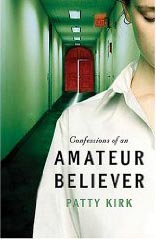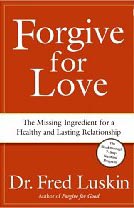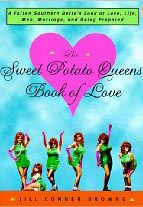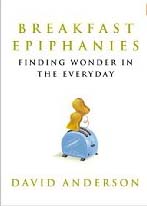Review of Love, Magic & Mudpies, by Bernie Siegel
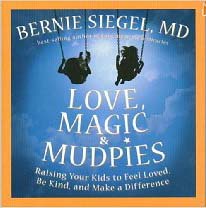
Love, Magic & Mudpies
Raising Your Kids to Feel Loved, Be Kind, and Make a Difference
by Bernie Siegel, MD
Rodale, New York, 2006. 241 pages.
Here’s an inspiring book of musings and tips on inspiring your kids. I read them through at the rate of about one musing per day, which gave me a nice little daily dose of inspiration.
Bernie Siegel says in the introduction:
“The title of this book says it all. Love is necessary for our survival and is the key ingredient for both the parent and the child. Children see the magic in everything, and loving parents can and will experience so many magical moments while raising their children. Mudpies can be fun at times and also leave us covered with dirt.
“When you look at your children and yourself, I’d like you to accept that you are all part of this special magical relationship. While creating your family, I’d like you to be in awe of life and its wonder but not hesitate to dive into life and take the risk of a mud bath now and then, too….
“I want to help parents not only survive the ups and downs of parenting but help them make it a blessing, too. The magic excites and enlightens us, while the mud can become the fertilizer for our lives and relationships. In this book, I will share with you the gems I have garnered from my medical practice and family life. From my experience as a father of five, grandfather of eight, pediatric surgeon, counselor to those with life-threatening illnesses, and a Chosen Dad for suicidal and abused children I have met, I know our childhoods have a profound effect on our lifelong health. I’ve seen that what we learn in our earliest years has a direct effect on our self-esteem, behavior, and choices. It makes me realize that the parenting we receive is truly the number one health issue in most people’s lives….
“Remember, parents are the co-creators of life; so decide what you desire to create, and begin now. Your children are the finest raw material you will ever have to work with.”
This book is full of helpful, encouraging, and inspiring ideas and advice.
Find this review on the main site at: www.sonderbooks.com/Nonfiction/love_magic_and_mudpies.html
